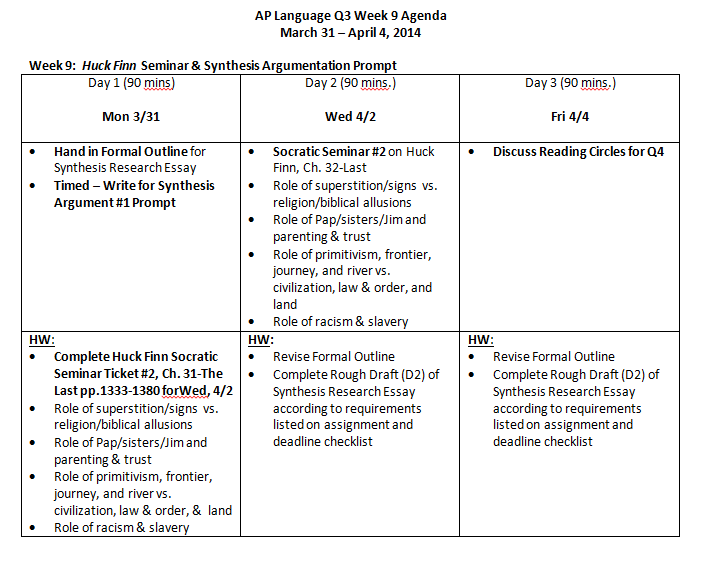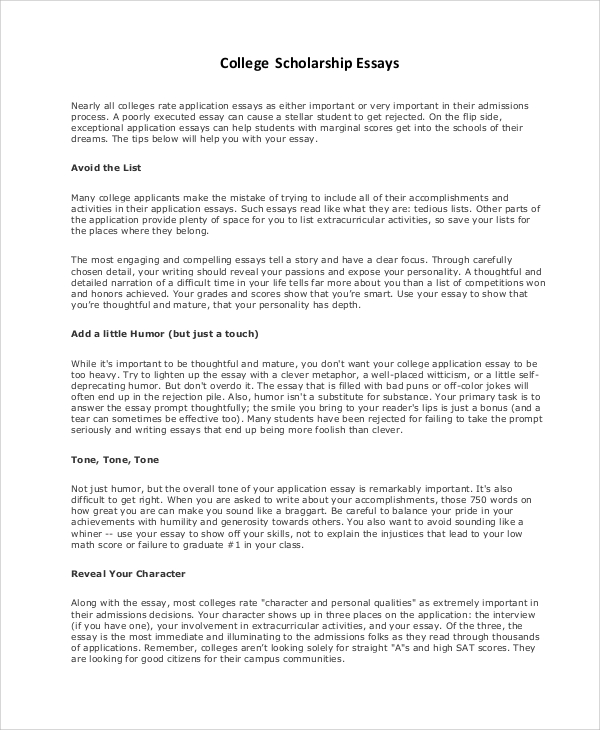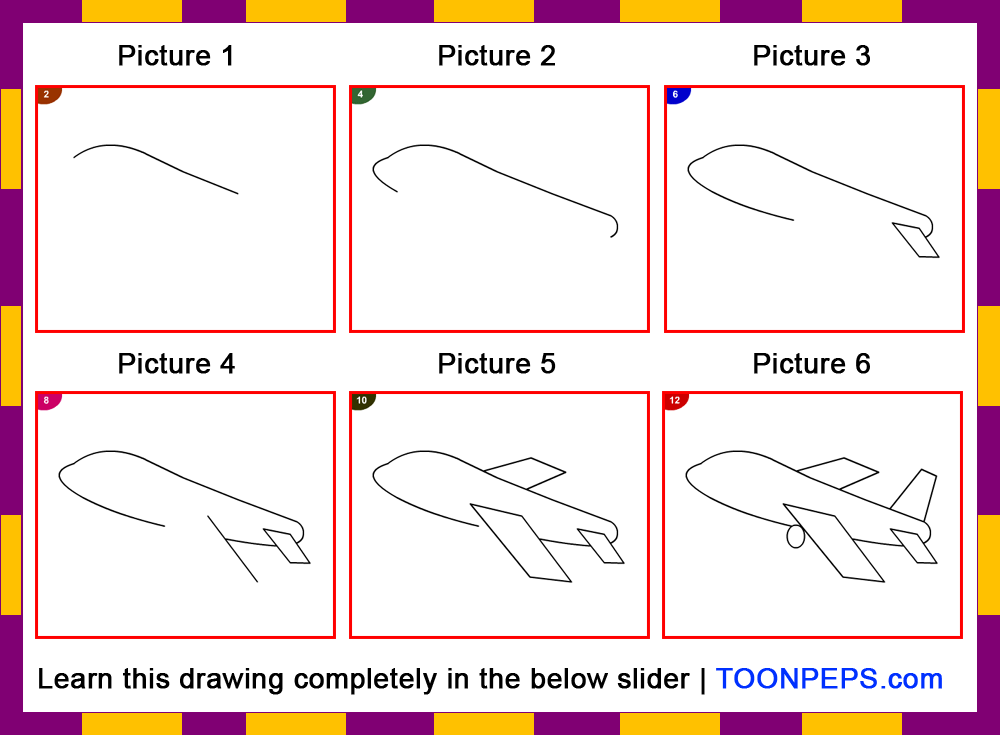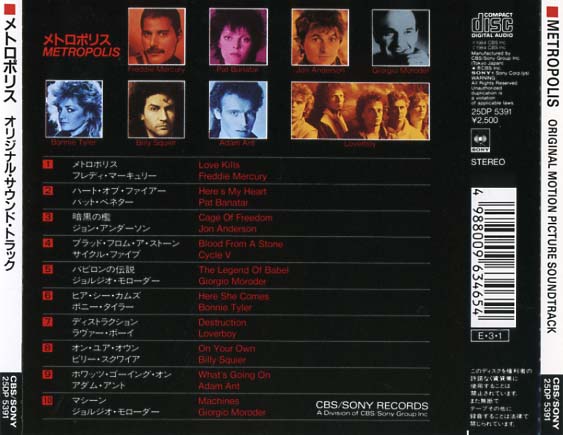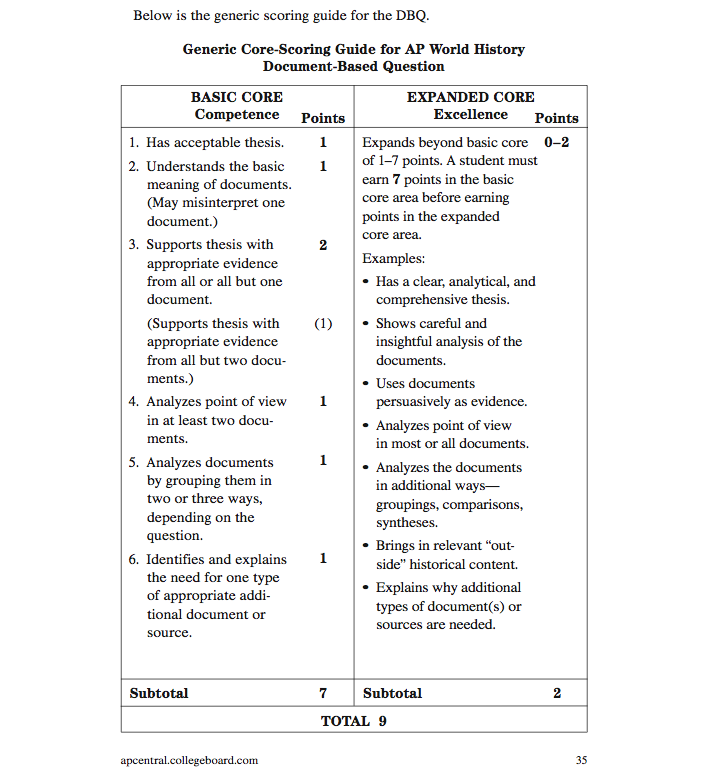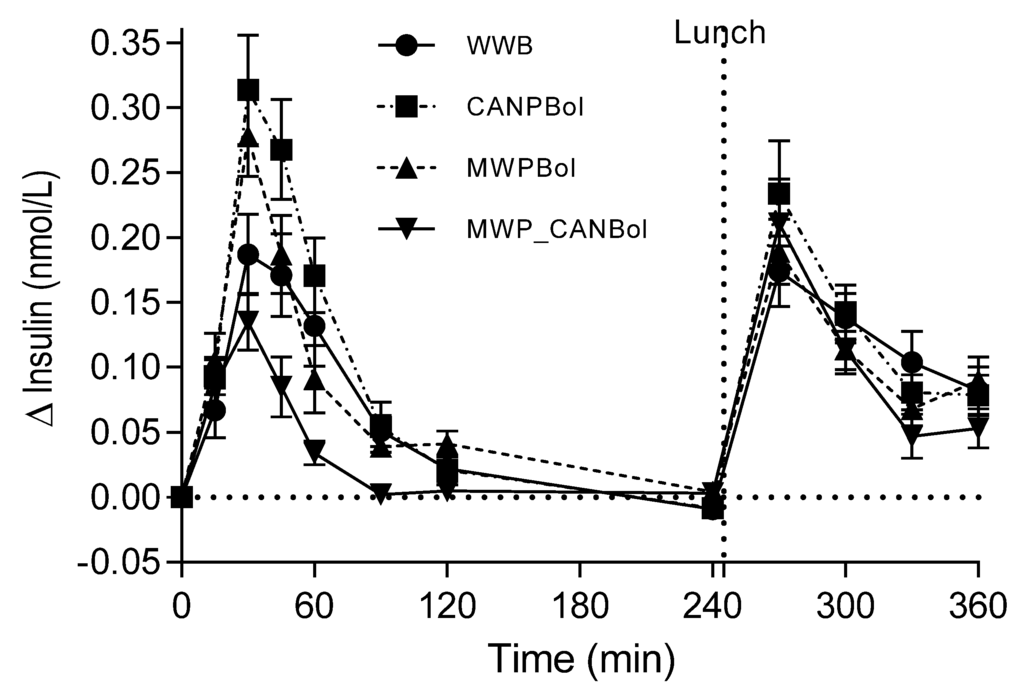Red eyed tetra - Moenkhausia sanctaefilomenae - Aqua-Fish.Net.
Moenkhausia sanctaefilomenae. Jump to navigation Jump to search. An Moenkhausia sanctaefilomenae in uska species han Actinopterygii nga syahan ginhulagway ni Franz Steindachner hadton 1907. An Moenkhausia sanctaefilomenae in nahilalakip ha genus nga Moenkhausia, ngan familia nga Characidae. Waray hini subspecies nga nakalista.
Can be easily diagnosed from all other species of the genus, except Moenkhausia oligolepis, Moenkhausia sanctaefilomenae, Moenkhausia pyrophthalma, and Moenkhausia diktyota, by having a reticulated body pigmentation pattern and a conspicuous dark blotch on the caudal peduncle extending to the base of caudal-fin rays preceded by a lighter area.
Moenkhausia sanctaefilomenae Red Eye Tetra Another tetra that has been known to nip a fin or two or three. Use caution when selecting tank mates. Use caution when selecting tank mates. Hemigrammus bleheri Rummy Nose Tetra These tetras have red heads that can change colors depending on environmental stressors.
Moenkhausia forestii is readly distinguished from all congeners, except M. oligolepis, M. sanctaefilomenae, M. pyrophthalma, and M. diktyota, by the presence of a reticulated body pigmentation pattern, and a conspicuous dark blotch on the caudal peduncle extending to the base of caudal-fin rays preceded by a lighter area (vs. absence of a reticulated body pigmentation pattern, and a.
Moenkhausia is a genus of freshwater fish in the family Characidae native to tropical and subtropical South America. These are medium-sized tetras where the largest species only reach around 12 cm (4.7 in). The diamond tetra and red-eye tetra, which are commonly kept in aquaria, are members of this genus.
Other posts on the site.
Red-eyed Tetra, Yellow-banded Moenkhausia, Red-eyed Moe. Moenkhausia sanctaefilomenae. SYN: Moenkhausia agassizi, M. australis, M. filomenae, Tetragonopterus sanctaefilomenae. PD: A deep-bodied characin with a silver color. The back can have a green iridescence. The scales are large and easily seen. The upper half of the iris is orange to red.
Conclusions: A revised classification based on the molecular phylogeny is proposed that includes seven tribes and also defines monophyletic genera, including a resurrected genus Eretmobrycon, and new definitions for Diapoma, Hemibrycon, Bryconamericus sensu stricto, and Knodus sensu stricto, placing some small genera as junior synonyms. Inseminating species are distributed in several clades.
Studying South American Tetras Needs The South American Tetras are considered among one of the largest groups of freshwater fish. They are naturally found in rivers with the waters slightly acidic in nature (around region of 6.5, the lower the better, up to 5.8) and the tetras are often associated with their active behavior, fast swimming ability, small size and most notable is their shoaling.
Introduction. The species of Moenkhausia Eigenmann, 1903 are widely distributed throughout the Neotropical Cis-Andean river basins, except for those in Patagonia, with greatest diversity occurring in the basins of the Amazon and Guianas (Lima et al., 2003). Moenkhausia is one of the most species-rich characid genera, currently comprising 80 valid species (Eschmeyer, 2015).
Red eyed tetras are a shoaling species and it is far better to keep them in a group of at least five individuals. When keeping shoaling fish it is better to keep an odd number rather than an even number simply because they look better that way. Feeding. Wild red eyed tetras feed on worms, insects, crustaceans and plant matter.
In spite of extensive karyotype variability, a review of the cytogenetic studies of Neotropical freshwater fish shows that, to date, there is no record of B chromosomes (or supernumerary chromosomes) in Gymnotiformes (Carvalho et al. 2008, Oliveira et al. 2009).These chromosomes are not essential to cell functioning and may be derived from autosomes and sex chromosomes in intra- and.

